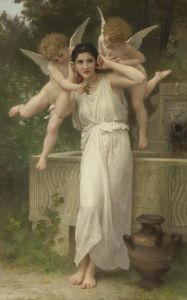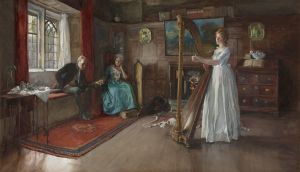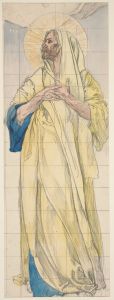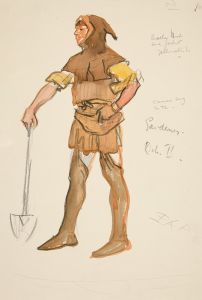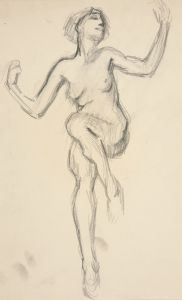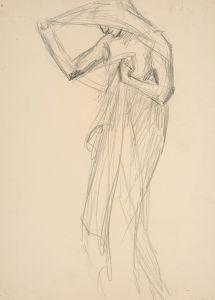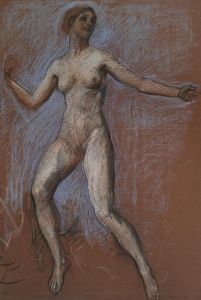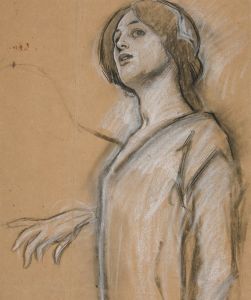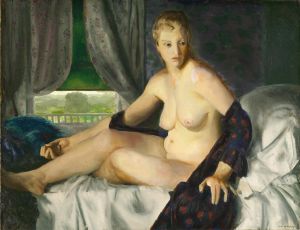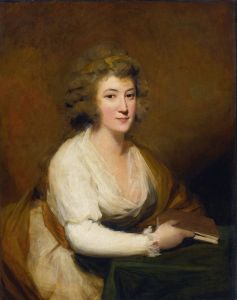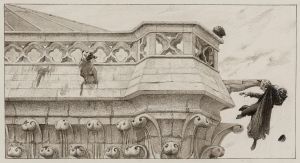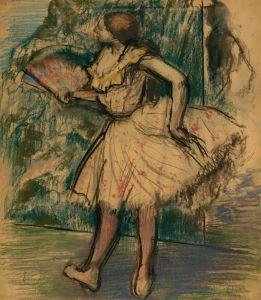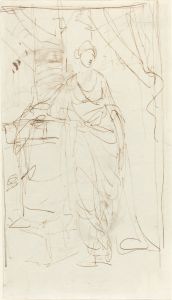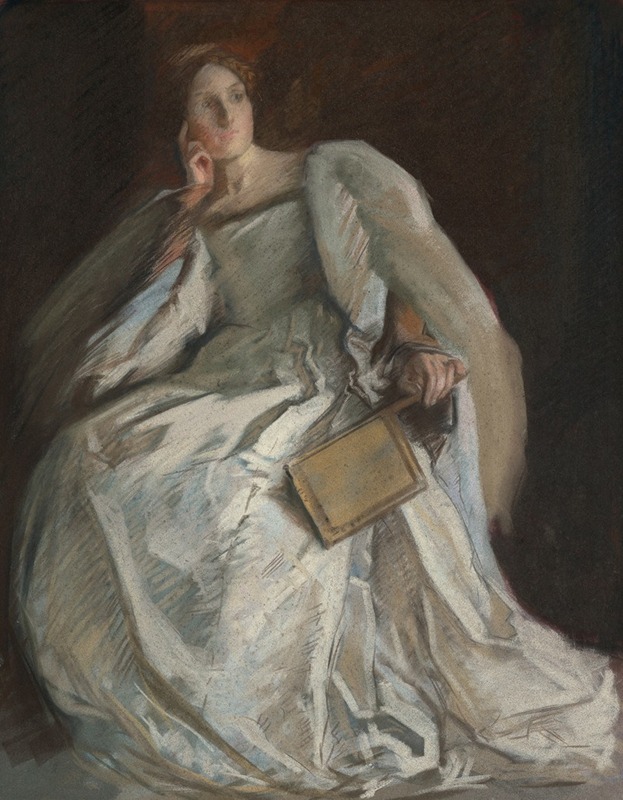
Lady in White Seated. Right Hand to Chin. Holding Fan.
A hand-painted replica of Edwin Austin Abbey’s masterpiece Lady in White Seated. Right Hand to Chin. Holding Fan., meticulously crafted by professional artists to capture the true essence of the original. Each piece is created with museum-quality canvas and rare mineral pigments, carefully painted by experienced artists with delicate brushstrokes and rich, layered colors to perfectly recreate the texture of the original artwork. Unlike machine-printed reproductions, this hand-painted version brings the painting to life, infused with the artist’s emotions and skill in every stroke. Whether for personal collection or home decoration, it instantly elevates the artistic atmosphere of any space.
Edwin Austin Abbey was an American artist known for his illustrations and paintings, particularly those depicting Shakespearean and Victorian subjects. Abbey was born on April 1, 1852, in Philadelphia, Pennsylvania, and he became a prominent figure in the art world during the late 19th and early 20th centuries. He spent a significant portion of his career in England, where he was influenced by the Pre-Raphaelite Brotherhood and other contemporary British artists.
One of Abbey's works, "Lady in White Seated. Right Hand to Chin. Holding Fan," exemplifies his skill in capturing the elegance and detail of his subjects. This painting, like many of Abbey's works, reflects his interest in historical and literary themes, as well as his meticulous attention to detail and composition.
The painting features a woman dressed in a white gown, seated with her right hand resting thoughtfully on her chin. She holds a fan, an accessory that was both fashionable and functional during the period. The use of white in her attire suggests a sense of purity and grace, while the pose conveys a contemplative mood. Abbey's ability to render the textures of fabric and the subtleties of light and shadow is evident in this work, showcasing his technical proficiency and artistic sensitivity.
Abbey's career was marked by a series of significant achievements. He was elected to the National Academy of Design in 1883 and became a full member in 1902. His move to England in 1878 allowed him to immerse himself in the rich artistic culture of the time, and he became associated with the Royal Academy. Abbey's work was well-received, and he was commissioned to create murals for the Boston Public Library, which are considered some of his most important contributions to American art.
In addition to his paintings, Abbey was a prolific illustrator, contributing to publications such as Harper's Weekly and Scribner's Magazine. His illustrations often depicted scenes from literature, including the works of William Shakespeare, which he illustrated extensively. Abbey's ability to bring literary characters to life through his art earned him a reputation as one of the leading illustrators of his time.
"Lady in White Seated. Right Hand to Chin. Holding Fan" is a testament to Abbey's artistic legacy, reflecting his dedication to capturing the beauty and complexity of his subjects. While specific details about the painting's provenance or current location may not be widely documented, it remains an example of Abbey's contribution to the art world and his ability to convey emotion and narrative through his work.
Edwin Austin Abbey passed away on August 1, 1911, in London, leaving behind a body of work that continues to be celebrated for its artistic merit and historical significance. His paintings and illustrations remain influential, and his ability to blend realism with romanticism has secured his place in the annals of art history.





